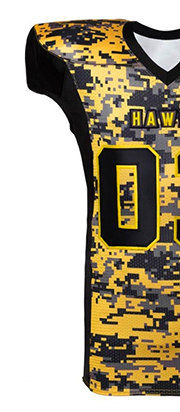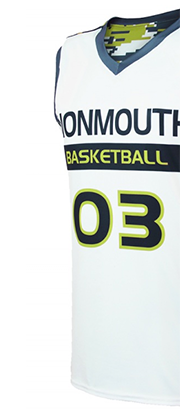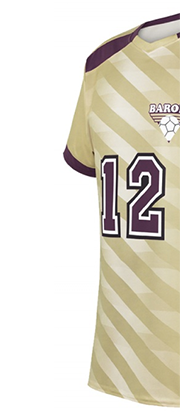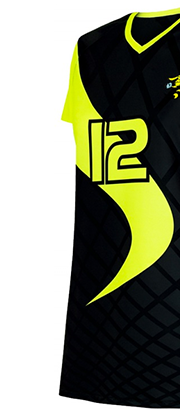Strength training in football
For every sport, not just American football, every player requires strength, a lot of it, in order to perform well.
In soccer, you need to strengthen your legs to kick the ball effectively, in basketball, you will need some strength to catch the ball in case someone throws too hard because of how far the player is, in baseball, you need to hit the ball with the bat with a lot of force to stand a chance, especially depending the pitcher’s throws and in football, you will need it when tackling, defending, catching the ball, etc.
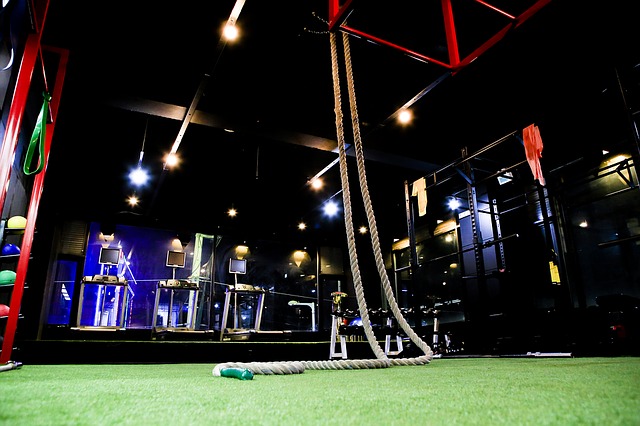
Some decades ago, strength training programs used to borrow exercises from body building for example, with the idea for players to get really big and strong, however, there wasn’t much focus on flexibility.
Fortunately, that’s different nowadays. Trainers like elite gym Quad City CrossFit have helped players develop the skills and movements that will actually be useful for performing well in football.
After all, football is a pretty versatile sport. Just like how strength is required, so does speed, coordination, fast reaction time, among others. When training, it should be focused only on the muscles that players will absolutely need when playing the sport, almost as if you’re already in a match.
Here are several ways in which strength training should be done to perform well when on the field:
- Work the back. Most people ignore the back and focus on the front. Because of this, most players’ front part of their bodies is strong while their backs are weak. Though it is quite understandable why many ignore the back side, it is still preferable to train it since it can help you perform better, strengthening both sides will prove to be very helpful. One way you can train your back is by doing some pulling exercises.
- Exercise your body as a system. Remember, your body has various different systems, and football uniforms are integrated into one to help you function effectively on any task you do. For example, when you run on the field, that is an integrated movement because you move both your arms and legs in a faster rate than walking in order to do such an action. When it’s training time, attempt to integrate different movements.
- Train how you think you’ll play on the field. As it was previously mentioned, gain strength in ways that you know will be useful to play football. You can do some squats and lunges since you’re always on your feet in football, and you should also exercise in patterns, like for example, multidirectional lunges, instead of doing more simple motions. Remember, integrate different movements.
- Build a strong core before anything. You have to work from the inside-out, strengthen your core before improving power, strength and speed. In fact, a lot of players get injured because they already try to build up strength on a pretty weak base or core. So, build up some lower body strength, you can begin doing so with squats and lunges, then, you gradually work your way up and so on.



